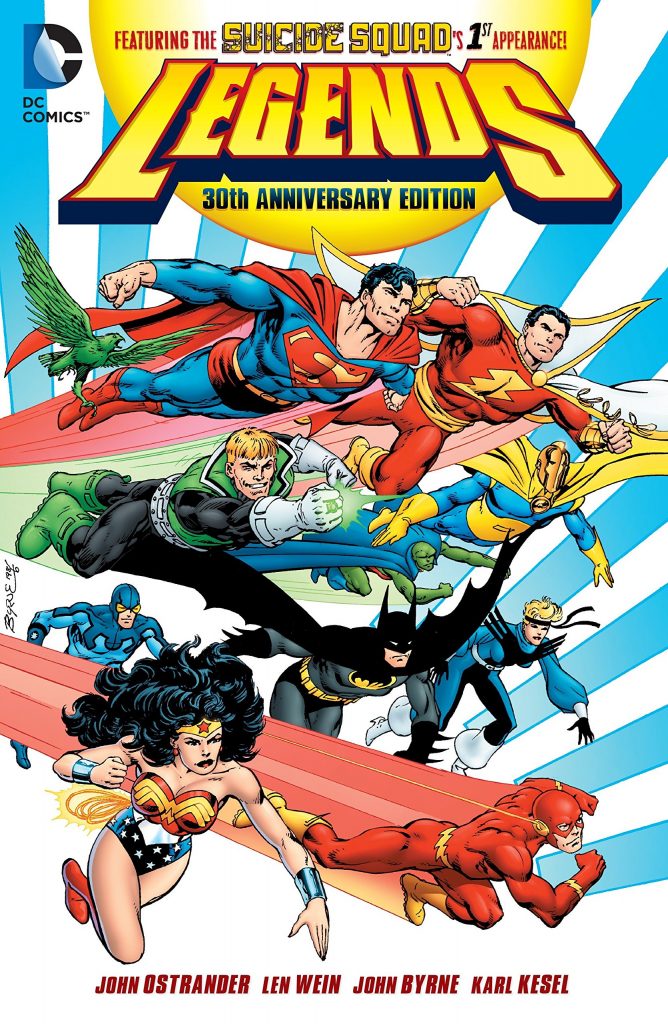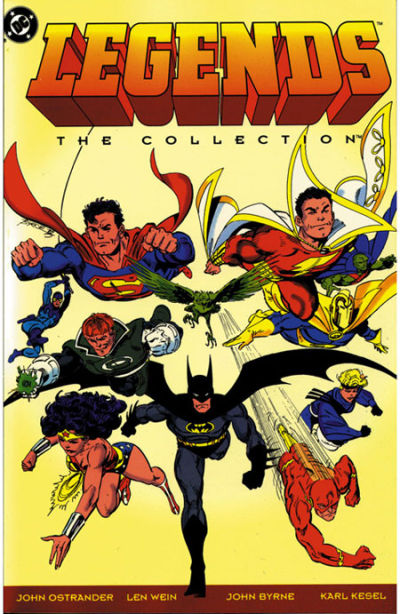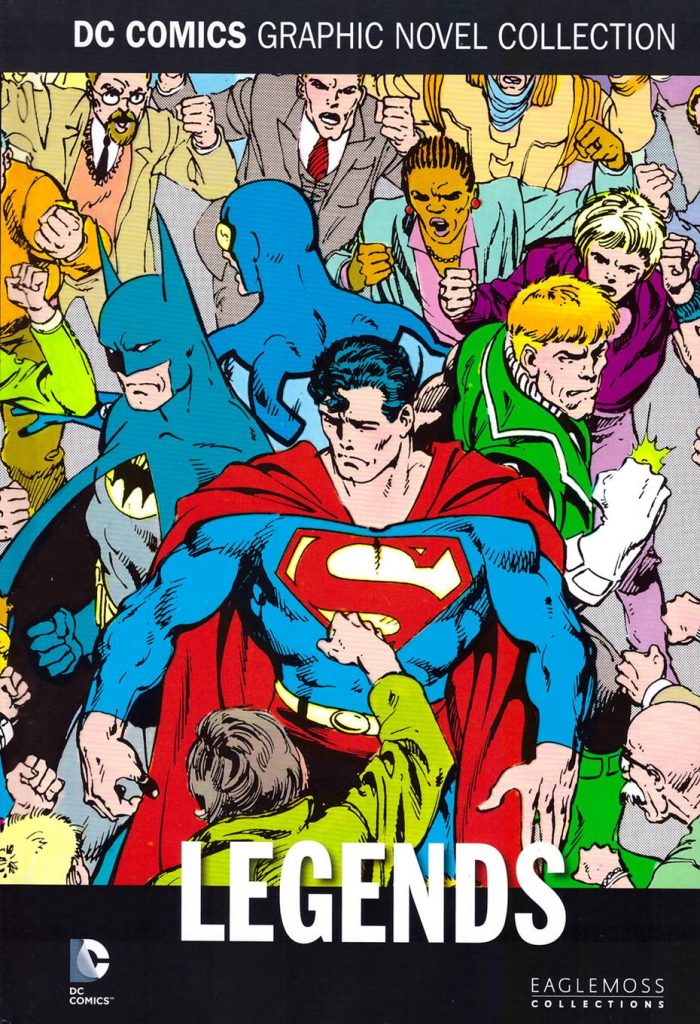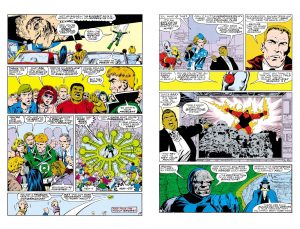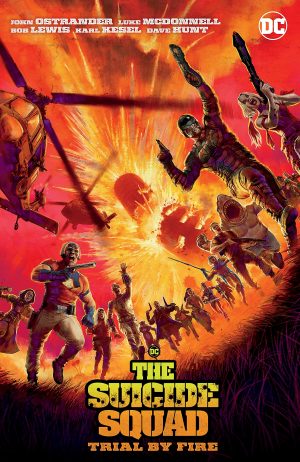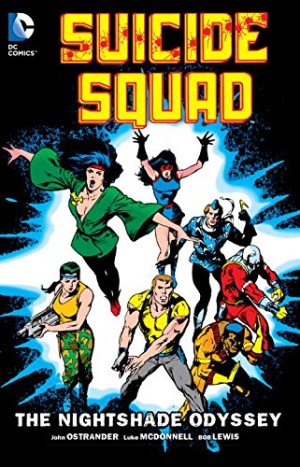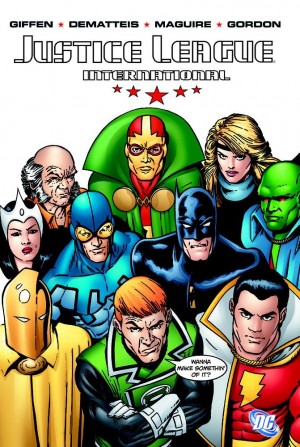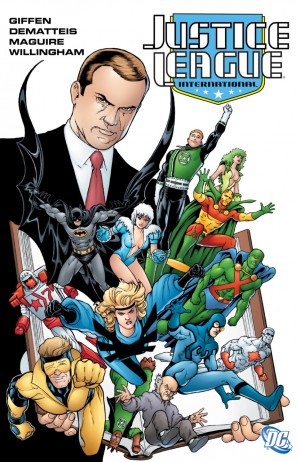Review by Karl Verhoven
It was only repackaged as a graphic novel several years later, but in 1987 Legends was the crossover that followed the complete remodelling of the DC universe in Crisis on Infinite Earths. Although encompassing some big themes, it has a greater intimacy, not spreading as widely into other titles as Crisis had, and set largely in the USA, yet it generated new ideas. Plotter John Ostrander used it to reintroduce an old feature, but updated by using villains on potentially fatal government missions, so the Suicide Squad as we know it now came into being. The Justice League was relaunched, and Darkseid and the New Gods were dragged from their solitary corner into the mainstream of the DC universe, now interacting more frequently with the headliners. Earth has caused Darkseid problems in the past, and he determines the best way to prevent them recurring is to undermine the public faith in superheroes, or “legends” as he refers to them.
A rabble rouser named G. Gordon Godfrey is soon militating against superheroes, noting they “provide negative role models for our children… they emphasise violence as a solution to the world’s problems. They are outmoded, maladjusted loners, outlaws working outside the system…”. He may have a point, but that armed police are likelier to keep the public safe from villains than superheroes, while also minimising casualties is some shaky logic. However, after a disaster with Captain Marvel, people rapidly begin to see value in Godfrey’s views. It requires the disgruntled public visible on many occasions, and while John Byrne handling the superhero scenes with his customary dynamism is to be expected, something else to admire is how he creates so many different ordinary faces. Less polished is Byrne’s technique of running two simultaneous narratives, in effect a chapter-long synopsis of the previous two chapters occupying a third of each page.
Ostrander’s plot is dialogued by Len Wein in old school bombast, but the more interesting ideas survive. The Phantom Stranger provides the voice of optimism, constantly undermining Darkseid’s philosophies; Ostrander takes to Captain Boomerang early and constructs good comedy scenes for Guy Gardner; Amanda Waller is a force of nature from her introduction, and a hero being beaten up by the public remains shocking. Also of note is the sheer pace at which events escalate and are sorted out, making Legends an incredibly compact piece of work. For all that, it’s also of its time, many characters one dimensional, and convenience plays too great a role. Anyone who thrilled to this as a child will have the embers of nostalgia rekindled, but it’s not a work to stand the test of time.
Firestorm has a large role as Legends begins, and the British hardcover edition published as part of the DC Graphic Novel Collection also features his origin story from 1977.
